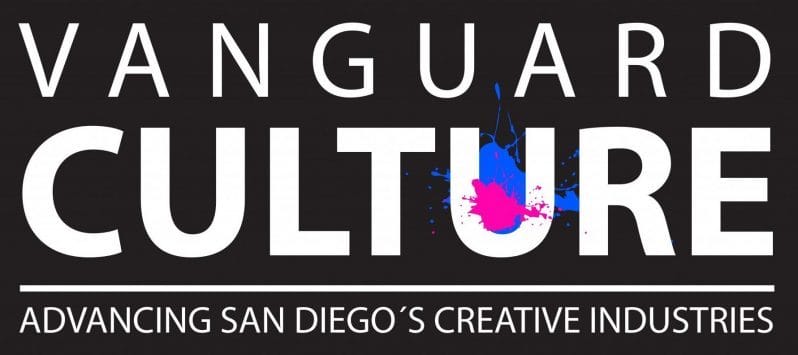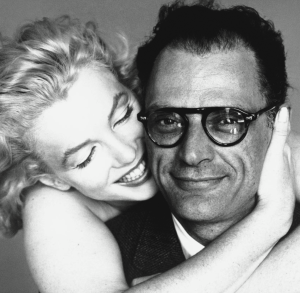“Marilyn Monroe Declassified” and Decidedly Not Ready For Screening
Article by Rebecca Romani
Say the name Marilyn Monroe, and an image of wistful glamour tinged with something darker comes to mind. Iconic poses such as the scene in “The Seven Year Itch” when she stands over a grate, her dress blowing up in the breeze, or the famous number in “Gentlemen Prefer Blondes” are part of the national imagination.
So, too, is her death. Dead at 36, Marilyn Monroe’s final days have fueled years of speculation. How did she die? Was it suicide or, as some would have it, murder? If murder, by whom?
Paul David’s documentary, “Marilyn Monroe Declassified” takes an interesting look at how a simple foster child turned into the glamorous Miss Monroe and how Miss Monroe turned into one of the most famous and infamous deaths of the 20th century.
Davids re-examines her story through original interviews and a wide variety of archival footage. Very little is really new here- and only a small amount is “declassified-” mostly materials previously heavily redacted in the 1980’s and re-released by the FBI in 2012. Much of the content has been hashed and re-hashed in tabloids, in Vanity Fair, and in numerous books and TV magazine stories. Many of the photos and some of the footage come from programs in the 1980’s and ‘90’s and have been available on line for several years at least.
You can mostly follow the story if you have paid attention at all to developments over the years to the mystery following Monroe’s death, but the documentary feels more like the proverbial kitchen sink with cameos by friends and people, like British pop singer, Maxi Wilde, thrown in, one suspects for expanding the film’s social media reach.
The only bombshell (pardon the pun), falls as almost an afterthought near the end, Monroe had spoken with Robert F. Kennedy about UFO’s and extra-terrestrials and may have been about to reveal important details about their conversations, but that’s about it.
What Davids has done is compiled a lot of archival footage, interviewed several people and re-examined documents to (re) create a tabloid-style trail that runs from the FBI offices to Jimmie Hoffa to Mafia Boss Sam Giancana, and through figures such as Monroe’s psychiatrist, the coroner at the time and even Robert F, Kennedy himself.
That said, there are some lovely moments about her development as an actress and Davids makes the point, as did Vanity Fair a few years ago, that Monroe, far from being a dumb blonde, was well-read and interested in literature and ideas.
One gets very clear glimpses of a woman whose public sex appeal persona was in the process of consuming her private self.
In a Q&A after the screenings, Davids said he had became convinced halfway through the process of putting that film together that Robert F. Kennedy was not involved in Monroe’s demise but that plenty of others were who would benefit greatly from Monroe’s death.
Davids sees Monroe’s death as the true beginning of the end of American innocence – the string of assassinations that would bring down American cultural and political icons and profoundly change the fate of the nation. One of the more interesting facts presented in the film was that Jack Ruby, who had shot Lee Harvey Oswald, had ties to Giancana, who, in turn, did favors such as hits for the FBI.
Davids presented “Marilyn Monroe Declassified” at the invitation of the San Diego Jewish Film Festival at the Center for Jewish Culture in La Jolla as a director’s cut in progress. Viewers were invited to fill out questionnaires and ask questions in a special Q&A session after the screening.
In response to a question about the quality of the audio – rough in many places – of the archival footage, Davids suggested it was one aspect of the piece he would be working on.
Sound is not the only problem the documentary has. Using archival footage is standard practice for documentaries; it’s not a new technique. However, Davids’ director’s cut leaves a bit to be desired. Large parts of the archival footage are unidentified and the visual quality is very uneven, although there are plenty of ways to clean up and standardize the various source materials. As for the story, it unnecessarily circles and doubles back on itself. In addition, there are several interviews and a puzzling inclusion of a song about Marilyn Monroe and the accompanying music video by Wild, which neither add to the documentary nor move the story along. Davids, whose experience is largely in pop culture production (“Transformers”) with a few documentaries, might seriously consider a documentary story doctor.
With more careful editing and technical work on the audio, “Marilyn Monroe Declassified” has the potential to be an interesting addition to the Marilyn Monroe canon.
As it stands now, the documentary is, very much like Marilyn Monroe in “The Misfits,” still in the trailer, waiting to be coaxed out.




